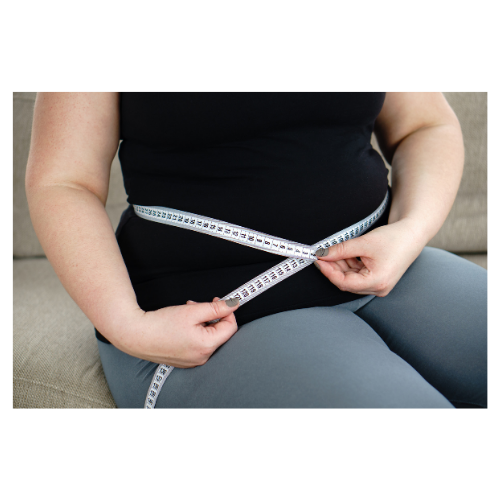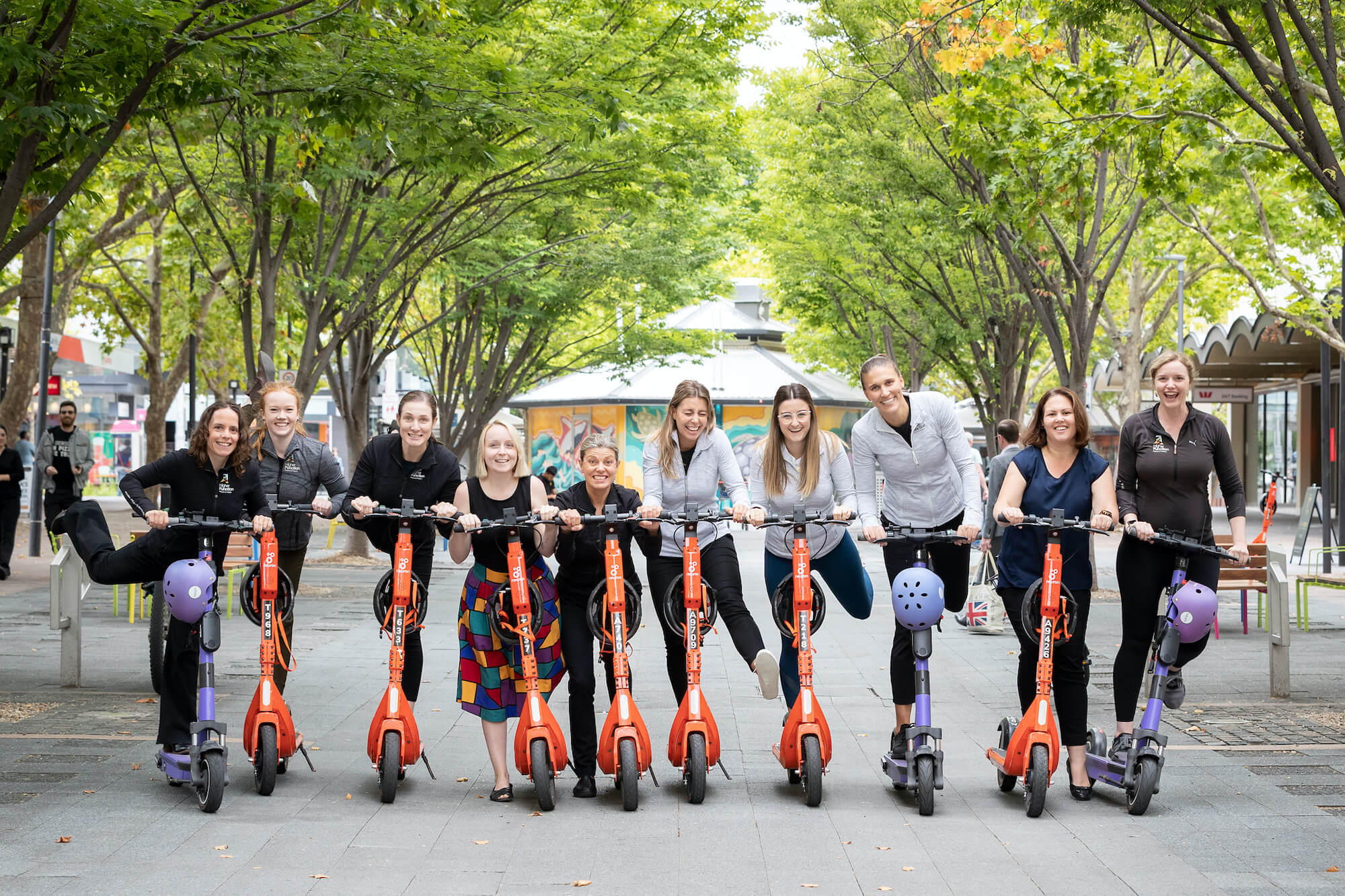By Eva Boland – Exercise Physiologist
Exercise and Type 2 Diabetes
Type 2 diabetes (T2D), we’ve all heard of it. Perhaps you’ve been told by your GP that you are at risk of getting it the future, or you might even already have it. It’s estimated that 1 million Aussies have T2D, which represents a whopping 5.3% of the population. You might think T2D is related to consuming too much sugar however, the biggest risk factor, aside from your family history and age, is your waist size. Yes, that’s right, being overweight is one of the strongest predictors of T2D, not your sugar intake. We can use a simple waist measurement to determine your risk:
- Women with a waist circumference higher than 80cm are at high risk and at 88cm or more, are at very high risk.
- Men with a waist circumference higher than 94cm are at high risk and at 104cm or more, are at very high risk.
So how and why does being overweight cause T2D? Before we get to that, we need to understand the role of a few key players: the pancreas, the muscle, the liver, and the hormone insulin. In a healthy body, insulin is secreted from a gland called the pancreas as our blood sugar rises soon after eating food. Insulin is secreted into the bloodstream where it has access to the body’s tissues, including our muscles and liver. In fact, our muscles are responsible for 75-80% of all our body’s glucose uptake – a great reason to keep your muscle mass as high as possible. Insulin binds to the outside of muscle cells and works like a lock and key to open the door into the cells. From here, glucose is now free to flood from the blood stream into the cells. However, when we are overweight, too much fat gets stored in the muscle cells, which disrupts the ability of insulin to unlock the cells. As a result, glucose stays in the blood stream and results in high sugar levels, which your GP can detect. This is called ‘insulin resistance’, and if left undetected, will eventually lead to full blow T2D over time. Insulin resistance also occurs in the liver when we store too much fat around our abdominal organs – termed ‘visceral fat’. Visceral fat is particularly good at causing insulin resistance in the liver and impairs the liver’s ability to regulate blood sugars. Here we have the double whammy effect of insulin resistance at the muscle, and a liver that keeps pumping out sugar because it loses its ability to respond to insulin.
T2D does not ‘just happen’ overnight. It’s a slow process that happens first with insulin resistance, and if left unchecked, progresses to T2D. This is mostly avoidable with a combination of weight management and exercise. In fact, losing just 10% of your body weight is usually enough to reduce your insulin resistance and risk of T2D. Exercise is also crucial. Exercise significantly improves the ability of insulin to bind to the insulin receptor, meaning we become more ‘sensitive to insulin’. The more sensitive our cells are to insulin, the less likely we are to develop T2D. Research shows that resistance training and high intensity interval training (HIIT) yield the best results. To learn more about the best exercise for insulin resistance and T2D, book with one of our Accredited Exercise Physiologists at Higher Function. They are university trained experts in using exercise as medicine and can safely and effectively help you optimise your health.
Also, we recommend Diet advice and assessment by 🍏 🥕:
-Stacy Morgan (Dietitian) at Hive Nutrition https://www.hivenutrition.com.au/
-The Healthy Eating Clinic, who are nutritionists and dietitianshttps://healthyeatingclinic.com.au/
References:
https://www.aihw.gov.au/reports/diabetes/diabetes/contents/how-many-australians-have-diabetes
Honka MJ, Latva-Rasku A, Bucci M, et al. Insulin-stimulated glucose uptake in skeletal muscle, adipose tissue and liver: a positron emission tomography study. Eur J Endocrinol. 2018;178(5):523-531. doi:10.1530/EJE-17-0882
Liu JX, Zhu L, Li PJ, Li N, Xu YB. Effectiveness of high-intensity interval training on glycemic control and cardiorespiratory fitness in patients with type 2 diabetes: a systematic review and meta-analysis. Aging Clin Exp Res. 2019 May;31(5):575-593.
Whillier S. Exercise and Insulin Resistance. Adv Exp Med Biol. 2020;1228:137-150. doi: 10.1007/978-981-15-1792-1_9. PMID: 32342455.


